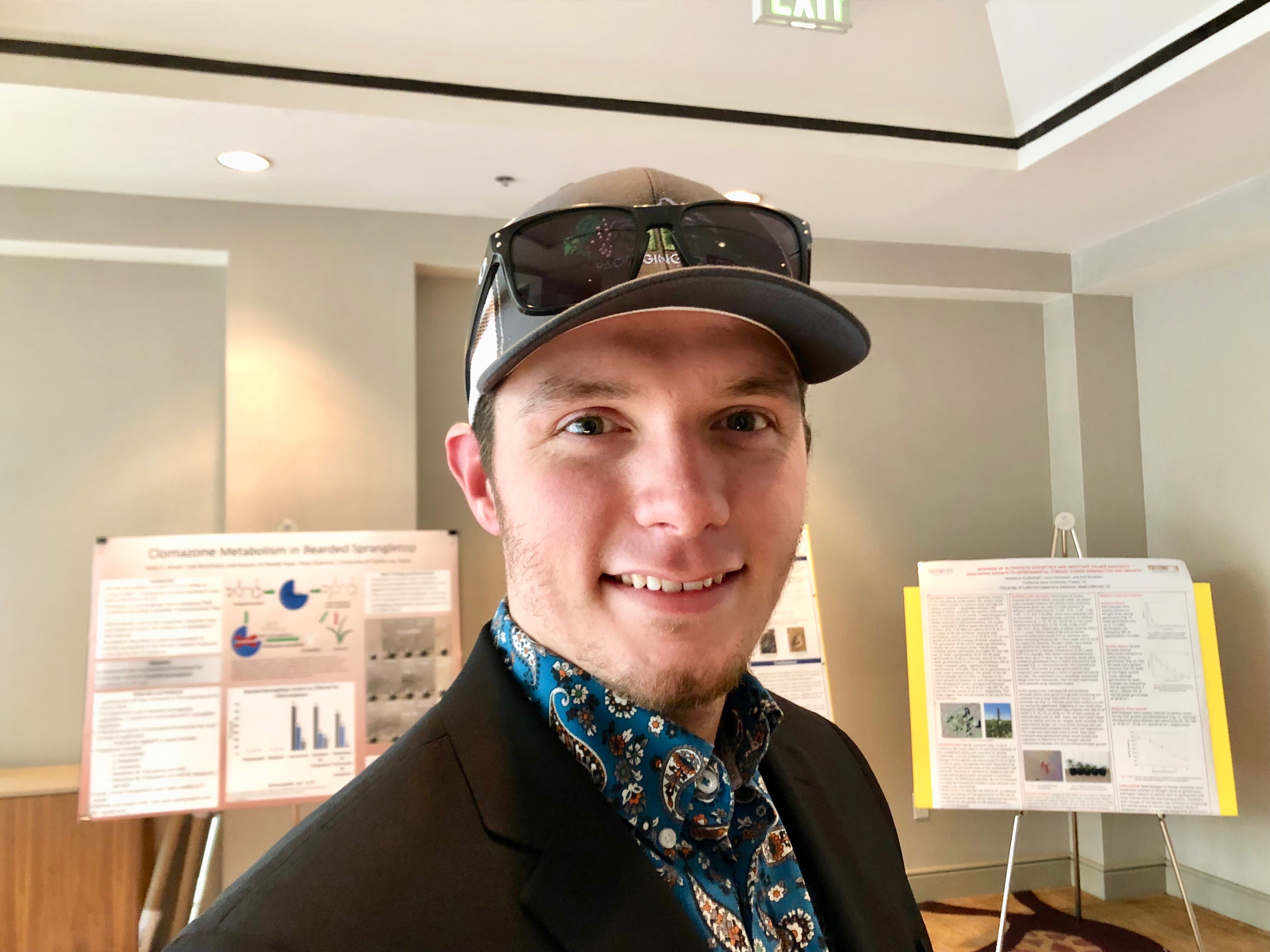Study: Remote Sensing of Weeds on Vineyards Has Merit
Aerial Sensing Of Weeds Saves Time and Labor
By Jessica Theisman, Associate Editor
There is a potential use of remote sensing with drones and vineyard weed management. Working on that research is Cody Drake, a senior at California State University, Fresno. He’s working with Luca Brillante, an assistant professor in the Department of Viticulture and Enology. Anil Shrestha is chair and professor, also in the Department of Viticulture and Enology at Fresno State. Drake’s research is at a vineyard in Napa County.
“The goal of my research is to make weed management practices in vineyards a little more efficient,” Drake said.
Currently, there is a lot of manpower, money, and time going into scouting for weeds and spraying.
“What we did with the drone is we wanted to map high-pressure weed zones to target spray in the field instead of spraying the entire field,” Drake explained.
This aerial scouting is hoping to become more efficient for time and labor.
“It’s all based on imagery. The drone gives us waypoints as to the areas where we need to spray. We have a company that’s called Drone Deploy, and they go through, and they stitch all the photos together,” Drake said.
Drake’s research has only been on vineyards so far, and his research has been proven to work.
“We did a 30-meter flight and a 10-meter flight, and that just shows the difference in how close you can get to identifying weeds species on the ground at a 30 meter height,” he said.
At 30 meters, it was very hard to tell which species was which. At 10 meters, the weeds were more identifiable.
“We would prefer to do another trial with a higher resolution camera. That way we can see the species, identify them a little easier and a little more efficiently,” Drake said.
By doing this, Drake and his team can pinpoint where the heavyweights are and just go spray that one area. For future research, they are going to try a camera with higher resolution to see if it can see through a denser vineyard.










